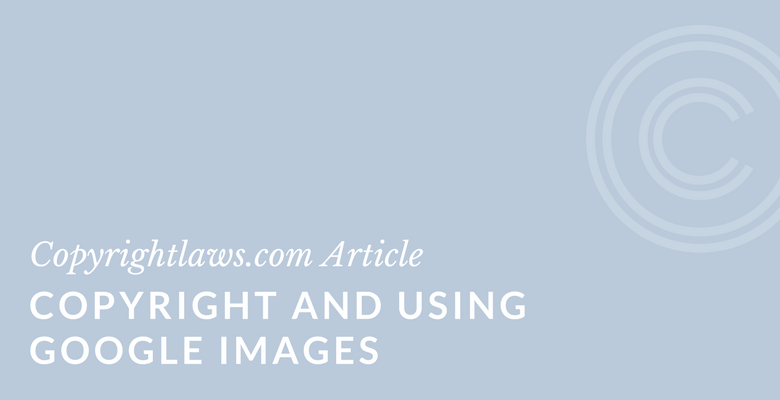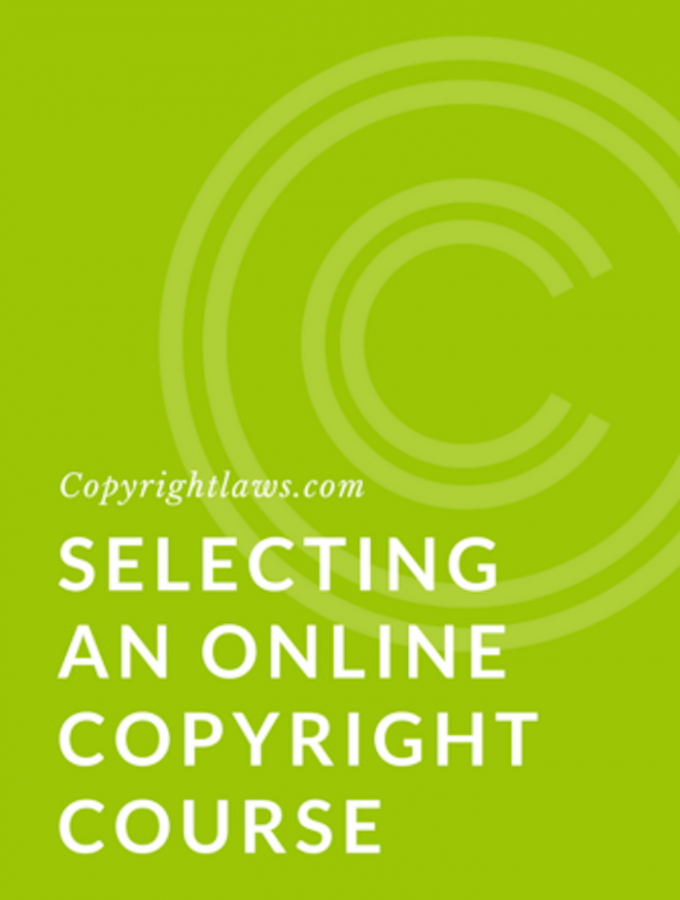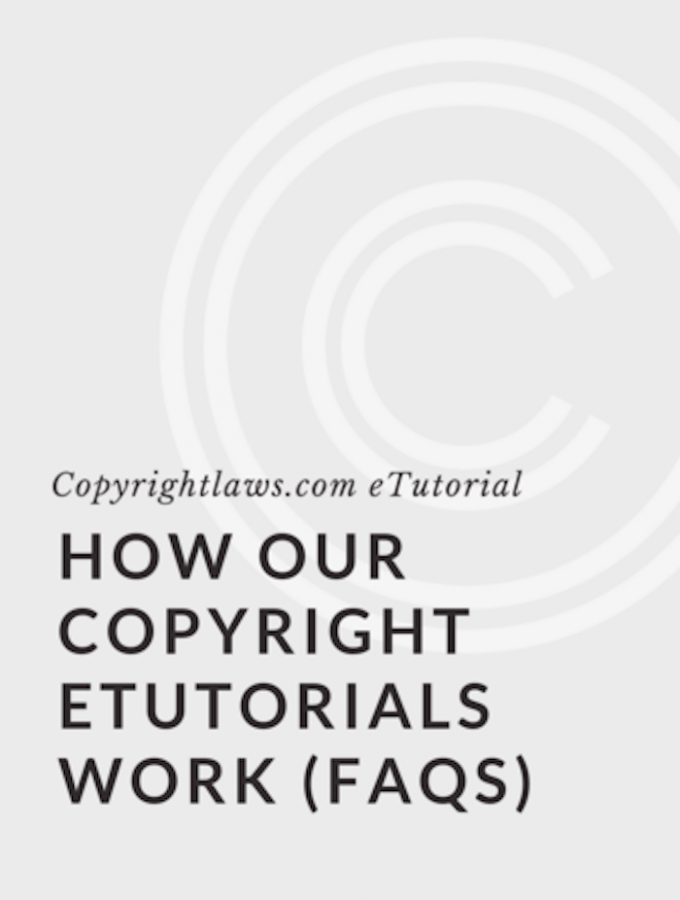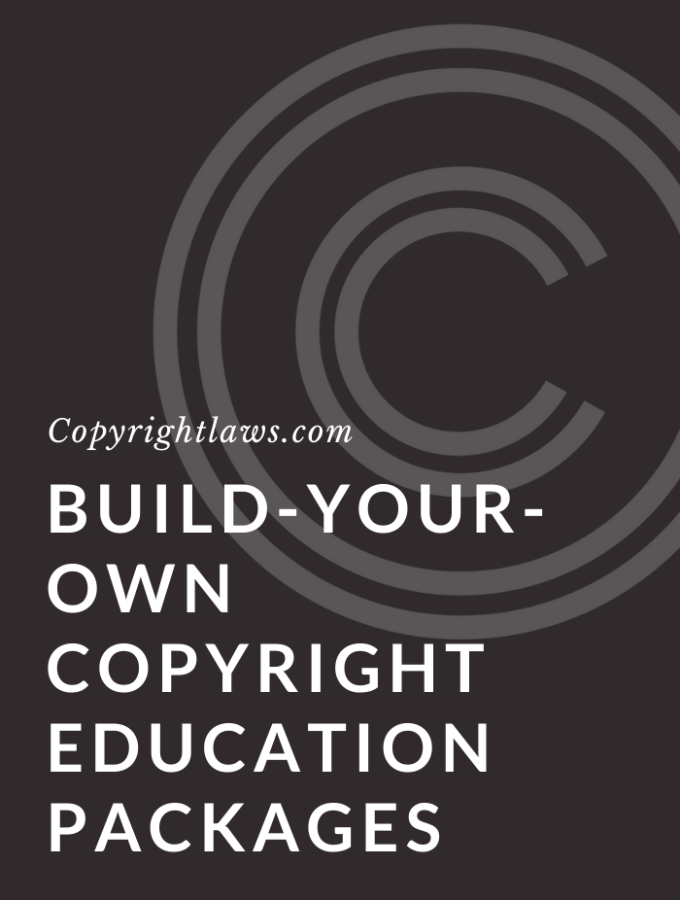Google Images is an effective tool for locating the perfect image to use in presentations, documents and on social media. But before you use images found through Google, you must consider copyright law.
Download our tip sheet 6 Copyright Tips for Legally Using Google Images.
Have You Found the Perfect Image on Google?
How many times have you used Google or another search engine and found the perfect image, illustration or photograph? Or perhaps a map, table or infographic?
As tempting as it is to copy and paste that image or photograph onto your website, into your electronic book, or elsewhere — and perhaps even adapt and edit it for your purposes — you need to first consider copyright law.
Google ...
- Is a search engine that helps you locate content such as images, photos and other content
- Directs you to images and photos and other online content according to your search criteria
- Is not a certified collection of public domain or copyright-free works
Once you find that perfect image or photo, you must treat it (from a copyright perspective) like any other content you find online. This means doing a copyright analysis before using the image.
You may find it difficult to convince others in your workplace that finding an image through a Google search doesn't necessarily mean it's free to use in any circumstance without obtaining copyright permission. Our eTutorial 21 Virtual Ways to Build Copyright Awareness in Your Library or Organization can help you creatively and practically teach others how to legally use Google images.
Google's New Initiatives Re: Copyright Information
In recent years Google has implemented initiatives that make it easier for you to find credit, creator and copyright information, as well as to identify licensable images in your image searches. Such information is available where the publisher or creator provides it in the image metadata. For more information, see Image Rights Metadata in Google Images and the IPTC article Google's 'Licensable Images' Feature is Now Live.
Assume that Online Content is Protected by Copyright
To ensure you're legally using Google images, you should assume that all online images are protected by copyright. Then do your research. Start with these two steps:
- Make the necessary effort to determine if the image is under copyright protection
- If it's protected by copyright and there's no license is attached to it, you need to get permission before you use it
If you're lucky, the copyright owner's name will be on the image with a link to contact them to ask for permission. And hopefully the copyright owner will promptly reply. But this best case scenario won't always be your scenario.
It may take time, effort and creativity in your research to determine and investigate the copyright status of a work.
In some circumstances, your research will reveal that your use of the image doesn't require permission. For example, images and photographs in the public domain don't require permission.
Terms and Conditions Applying to the Use of Images
Is there a Creative Commons (CC) license attached to the image or photograph you want to use? If so, you need to be aware that:
- There are various CC licenses that allow you to use an image or photograph (or other online content) without first obtaining permission.
- You need to read that license to see what it permits. You may be able to only use the image as-is or perhaps you can modify it. Or, you may be able to use it for noncommercial purposes only. All CC licenses require you to acknowledge the owner of the image.
Another thing to look for is any specific terms of use written on the site where you find the work. The terms may be specific and you need to follow them. As an example, the terms may state that you may use the image for noncommercial or educational purposes. (Unfortunately, the terms usually won't define noncommercial or educational purposes, so you'll need to make that judgment call.)
Legally Using Google Images
When you're using images you find online (or elsewhere), below are key points for legally using Google Images:
- Determining whether an image, photograph or other content is protected by copyright or not may take time. Begin your research as early as possible — as soon as you decide you want to use a certain image or photograph.
- Act on facts. Don't just think an "old" photo is free for the taking or an image without a copyright symbol or notice is always free to use.
- If you don't see permission clearly indicated on an image or photograph, then you need to investigate its copyright status.
6 Best Practices for Legally Using Google Images
1. Always Assume the Image is Protected by Copyright
Never use an image, illustration or photograph without first doing research to determine its copyright status. Not everyone realizes that online content is protected by copyright.
2. Linking
Copyright-wise, it's always less risky to link to a photo or other image than it is to copy and paste it onto your website or social media platform. And, it's best not to embed that link, but rather to set out a URL. A February 2018 U.S. court case raised the risk of embedding images.
3. Use Your Own Photos and Images
When possible, use photos and other images that you've taken yourself, but note the following:
- Unless you're employed and took the photos as part of your job, you own the copyright in your own photos.
- Don't forget to obtain a model release from any persons in your photographs. This isn't a copyright issue, but a privacy/publicity issue.
- Keep in mind that if you've licensed your images to someone else, you may have limited your own use of them.
4. Use Creative Commons-Licensed Images
Use images that have a Creative Commons (CC) license. However, be aware that a CC license is just that: a license. You need to read its terms and conditions and see what it allows or not.
Not all CC licenses allow the same uses. A CC license may allow use as-is, in a remix, or as part of a new work. All CC licenses require attribution of the copyright owner.
5. Use Images From Stock Photo Agencies
Purchase images from stock photo agencies and follow the license terms. Remember, you're not outright buying an image from a stock agency, but are paying for certain uses of it. Read the specific terms and conditions (to which you have agreed). For example, you may be able to post the image on your blog but require additional permission to use it on the cover of your e-book.
6. Confirm Who Owns the Copyright in the Image
Always verify that the image's creator has the rights to permit you to use it. They may have assigned their rights to someone else and no longer own copyright in the image. Or, they may have created the photograph or other image as part of their employment duties, and their employer owns the copyright in the image.
Ask the image's creator to provide you with a warranty or guarantee that they're the image creator, still own the rights in the image, and have the right to provide you with permission to use it.
Need to learn more? See our online copyright course calendar.
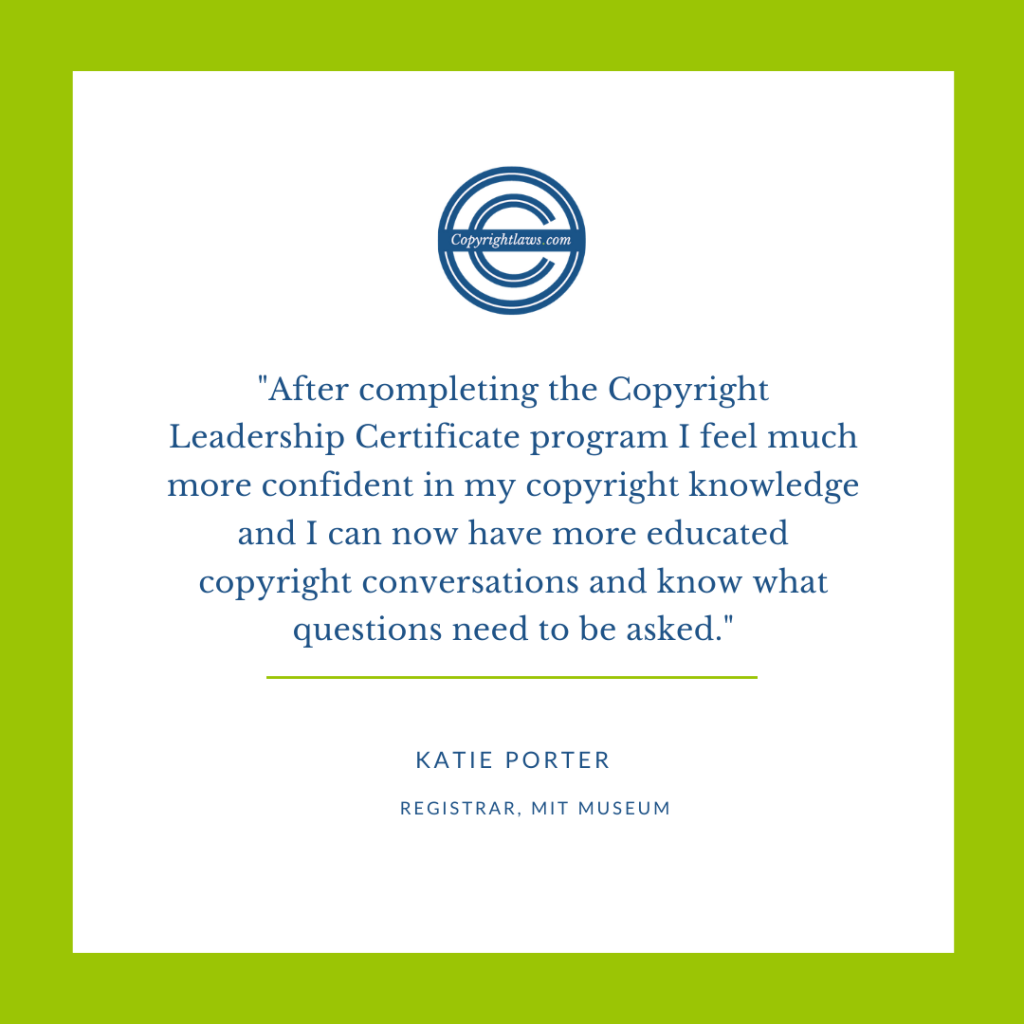
Learn more about the Copyright Leadership Certificate.

